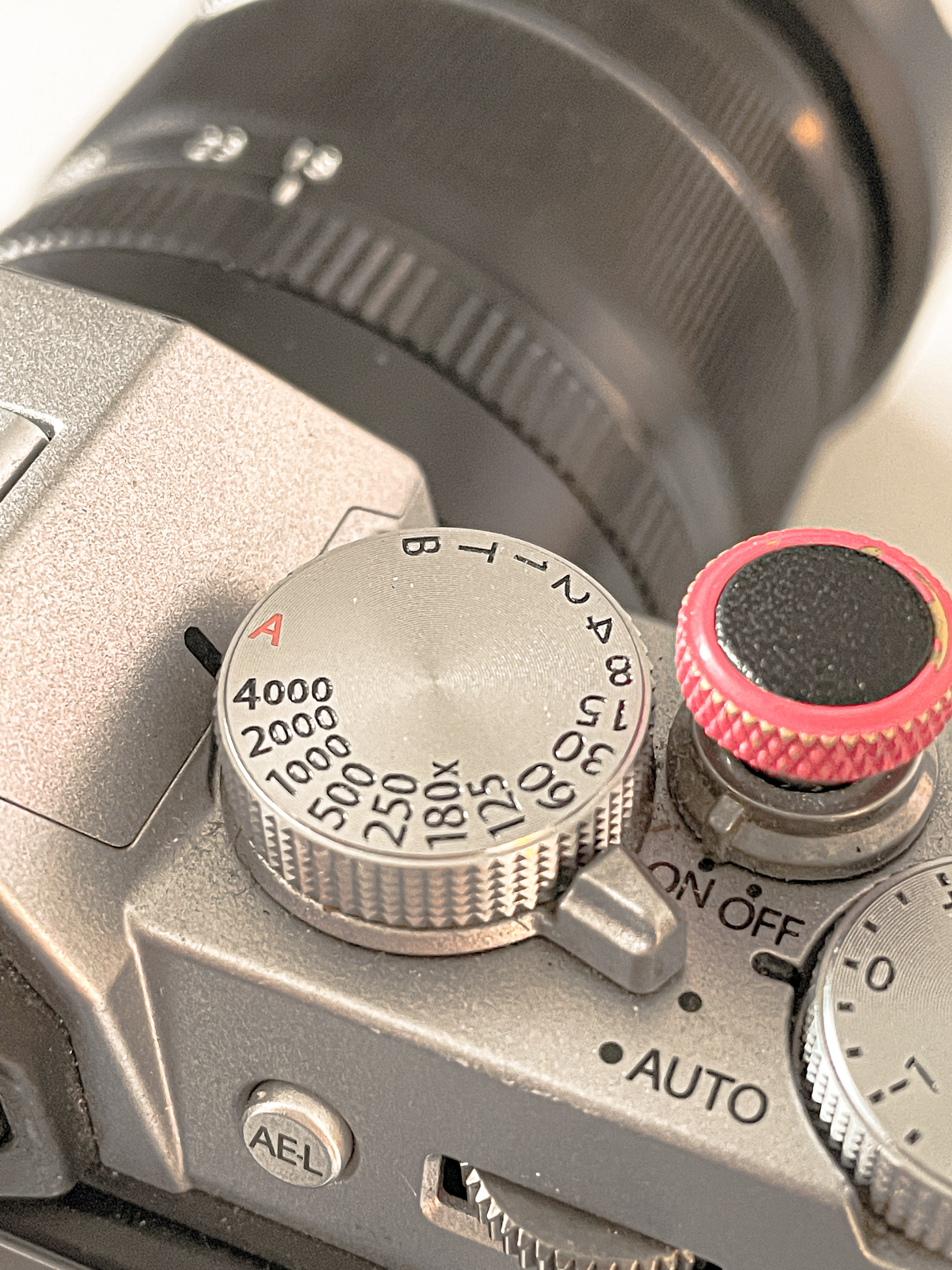I think of the shutter as a curtain in the theater that comes up, exposes the show for a little while and drops again. For how long the curtain is up defines the speed of the shutter.
Others use the eyes and the eye lid as an analogy to the shutter speed: closed eyes, open them – take in the view – and close again. The duration of your eyes open is the shutter speed.
The longer the shutter speed the more light will hit the sensor. A fast shutter speed is great if you want to avoid camera shake (you move the camera while the shutter is open) or motion blur (the subject moves while the shutter is open).

Shutter speed is expressed in fractions of a second, so a shutter speed of 250 is 1/250th of a second. The fastest of cameras can go to 1/4000th or 1/8000th of a second. That is fast! On the other end of the scale you can have the shutter open for several seconds, even minutes, when photographing in extreme low light like astrophotography.
Back in the day all shutters were mechanical, and if it was not for the mirror flickering in your DSLR, you probably could hear some mechanics working in there. There actually is a little black curtain moving when you hit the shutter. Most modern cameras can both work with the mechanical shutter and the electronic shutter – the electronic shutter being the new kid on the block. The electronic shutter works by switching the sensor on and off. This happens super fast of course! It simply switches on the sensor and allow light to hit it, and then off again to allow the camera to read the sensor values.
Thank you for reading this far! Comments and questions more than welcome!
